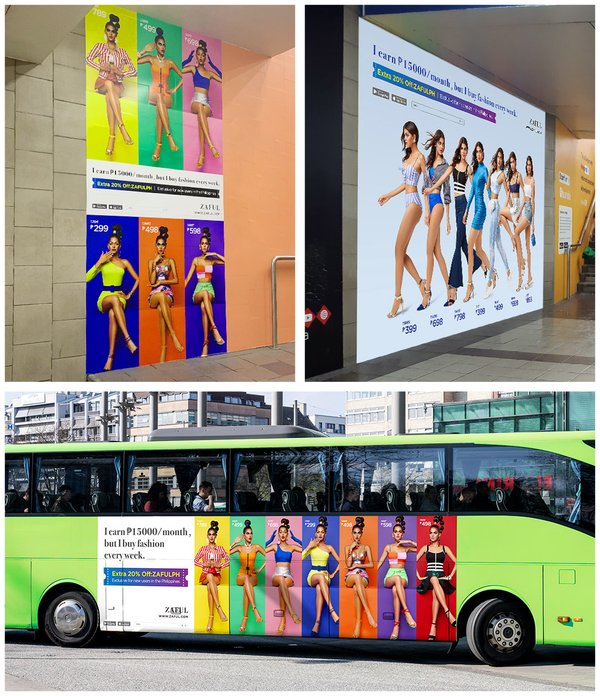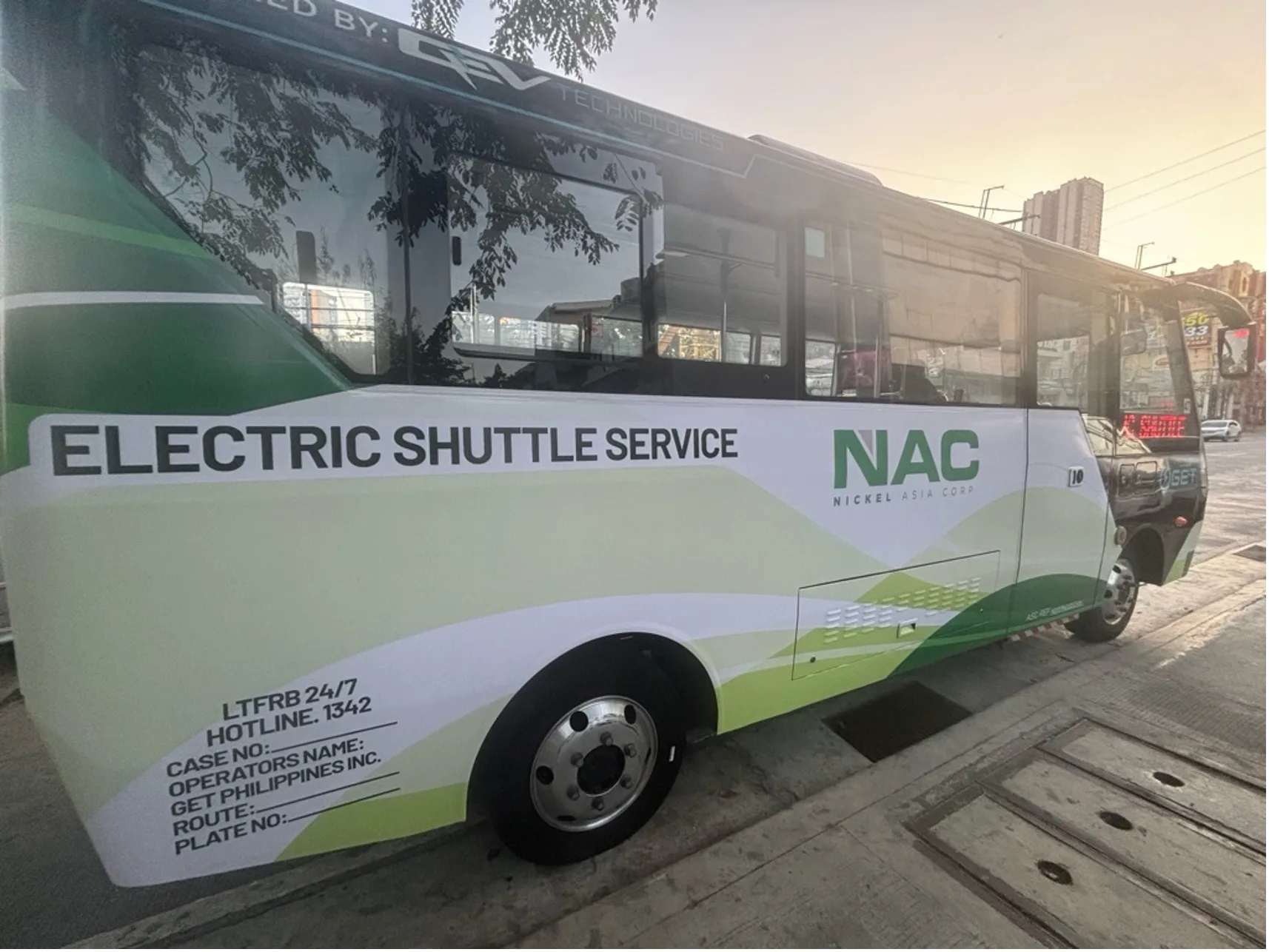Exploring the Impact and Performance of Transit Marketing in Urban Marketing Methods
Transit advertising has actually come to be a considerable element of city advertising approaches, exploiting on the special characteristics of public transport settings. With the quick advancement of technology and changing customer behaviors, the landscape of transit advertising and marketing is undergoing remarkable modifications that warrant closer assessment.
The Increase of Transit Advertising
As city populations remain to swell, the demand for cutting-edge advertising and marketing options has actually brought about the increase of transportation advertising and marketing as a pivotal part of urban advertising techniques. This form of advertising leverages mass transit systems-- such as metros, trains, and buses-- to reach a varied audience in densely booming areas. The performance of transit advertising and marketing depends on its capacity to engage customers during their daily commutes, an usually forgotten yet vital time for brand name messaging.
With cities becoming increasingly busy, typical marketing rooms are coming to be limited and less reliable. Transportation marketing supplies a vibrant alternative, allowing brand names to display their messages in high-traffic areas where potential customers are consistently exposed to the ads. Additionally, as city residents significantly count on public transport, the relevance and exposure of transit advertising and marketing have actually grown significantly.
Additionally, technological advancements have actually improved the elegance of transportation advertising and marketing, enabling for digital display screens and interactive campaigns that can capture customer interest better than static advertisements. Therefore, transportation advertising and marketing is not only a cost-efficient alternative however additionally an important strategy for brands looking for to get in touch with city consumers in an impactful and remarkable way.
Key Advantages of Transportation Advertising
The efficiency of transit advertising is highlighted by its multifaceted benefits, making it an indispensable tool for city marketing experts. Among the primary benefits is its extensive reach; transit systems serve millions of guests daily, enabling brands to attach with a varied audience in high-traffic settings. This visibility enhances brand name recognition, ensuring that advertisements are seen consistently by travelers.

In addition, transit marketing is cost-effective contrasted to various other media, providing a reduced expense per perception while preserving high visibility. The adaptability of advertisement layouts, from bus covers to electronic screens, permits for innovative and impactful projects that can adjust to altering market requirements.
Consumer Behavior Insights
A considerable section of customer habits is influenced by the pervasive nature of transit advertising in city environments. This kind of advertising and marketing catches the interest of diverse demographics, involving consumers throughout their day-to-day commutes.
Research indicates that transit marketing can stimulate psychological feedbacks, bring about raised brand affinity. Customers typically associate the experience of commuting with certain brands, producing a long lasting perception that affects getting choices. In addition, the frequency of exposure to transit advertisements cultivates familiarity, which is a crucial consider customer trust and loyalty.

Additionally, the public facet of public transport adds to this phenomenon; as individuals share rooms, they are more probable to discuss and recommend brand names they experience. Therefore, transit advertising and marketing not just gets to customers but additionally stimulates social interactions that enhance brand name messaging. Comprehending these behavioral understandings permits marketing experts to tailor their methods efficiently, making certain that their campaigns reverberate with target market in the urban landscape.
Situation Researches and Success Stories
Effective application of transportation advertising methods is exemplified with numerous study that highlight its effectiveness in city advertising. One noteworthy example is the partnership between a preferred drink company and a significant city's public transit system. The campaign used bus covers and interior posters, resulting in a 30% rise in brand recognition and a 15% increase in sales within the target demographic over 3 months.
Another successful situation included a regional dining establishment chain that employed train terminal advertising and marketing to attract travelers. By creating visually striking ads that provided timed promotions, the restaurant experienced an uptick in foot website traffic, with a remarkable 25% increase in lunch hour patrons.
In addition, a city's tourism board launched a transit campaign showcasing neighborhood tourist attractions with bus quit display screens and train ads. The initiative led to a considerable boost in visitor check outs, as reported by a 40% boost in queries at visitor centers.
These study underscore the flexibility and possibility of transit advertising to involve urban audiences successfully, demonstrating that strategic placements can produce significant returns on financial investment and boost brand name visibility in dynamic city settings. - Transit Advertising Philippines
Future Trends in Transit Advertising
As urban landscapes remain to evolve, so as well does the world of transit marketing, which is positioned to embrace innovative modern technologies and methods. One significant trend is the integration of digital marketing screens right into public transit systems. These dynamic displays permit real-time updates and targeted over here web content, enhancing target market involvement. Moreover, the adoption of programmatic marketing is expected to gain momentum, making it possible for marketers to take advantage of data analytics for more accurate target market targeting based on time, place, and check market understandings.
One more arising pattern is the usage of augmented fact (AR) and online truth (VIRTUAL REALITY) experiences within transit advertising. These immersive technologies can captivate commuters, changing mundane journeys into interactive brand name experiences. Additionally, sustainability is ending up being increasingly essential; eco-friendly advertising products and methods are most likely to obtain traction, reflecting the growing consumer need for corporate social duty.
Finally, the surge of mobile connection will facilitate greater assimilation between transportation advertising and marketing and individual tools. Advertisers can produce seamless cross-channel experiences, allowing for immediate communication and interaction with potential consumers. Jointly, these fads show a transformative future for transit marketing, providing new avenues for brands to get in touch with metropolitan target markets.
Verdict
Transit marketing has actually established itself as a substantial part of city advertising and marketing approaches, showing significant performance through boosted brand name visibility and customer engagement. The capability to adjust messages to details demographics, paired with the cutting-edge use of modern technology, positions transit marketing as a driving force in modern advertising and marketing (Transit Advertising Philippines). As metropolitan atmospheres remain to develop, the future of transportation advertising and marketing assures additional improvements, ensuring its significance and effect fit customer assumptions and actions linked here in urban landscapes
As metropolitan populations proceed to swell, the need for cutting-edge advertising and marketing solutions has actually led to the increase of transportation advertising as a pivotal part of city marketing strategies.A substantial portion of customer actions is influenced by the prevalent nature of transportation advertising in urban atmospheres. Collectively, these patterns suggest a transformative future for transit marketing, supplying brand-new methods for brand names to attach with urban target markets.
Transportation marketing has actually developed itself as a substantial component of urban advertising strategies, showing considerable effectiveness via improved brand name exposure and customer engagement. As city settings proceed to evolve, the future of transportation marketing promises additional improvements, guaranteeing its importance and effect in forming customer assumptions and behaviors in urban landscapes.
Comments on “Transit Advertising Philippines: An Ingenious Means to Advertise”